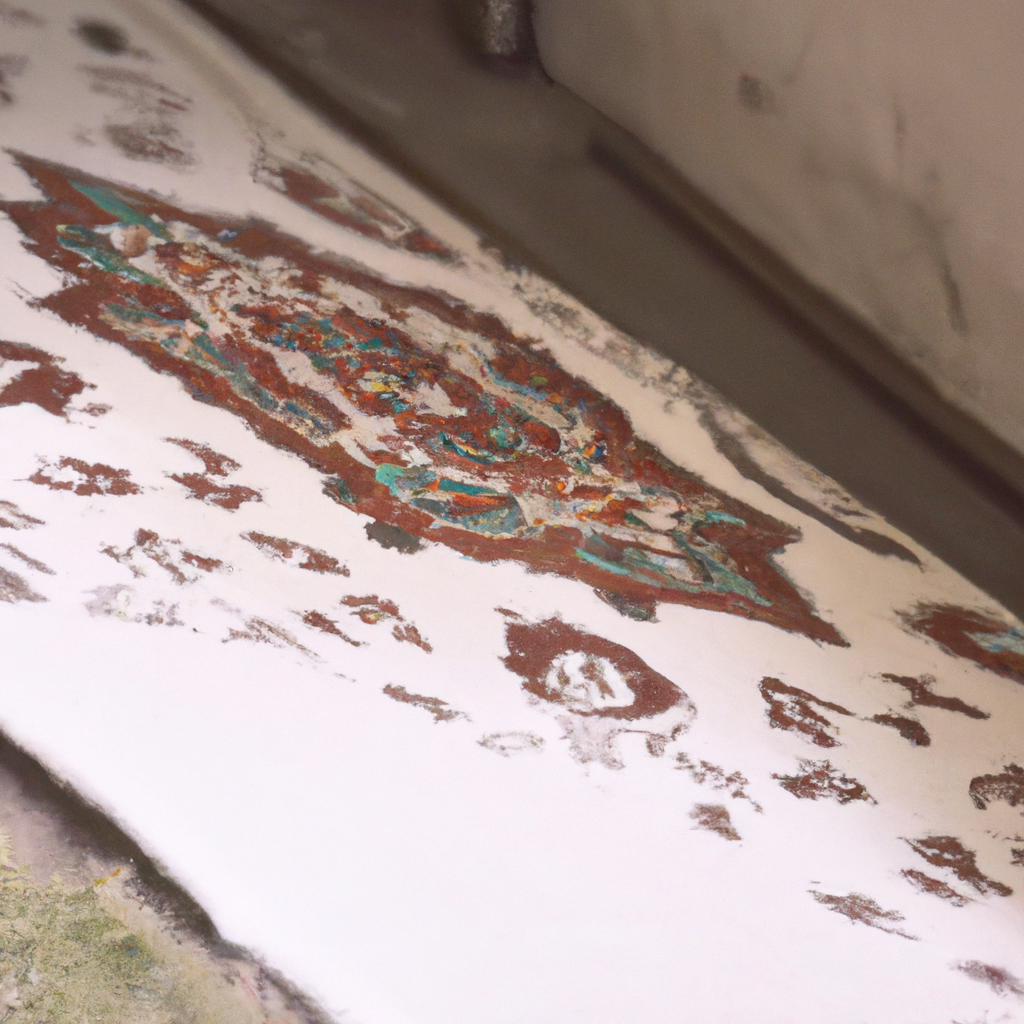Traditional Rugs: The Intricate and Timeless Process of Rug Making
Rugs have been an integral part of homes and cultures all around the world since ancient times. They come in various shapes, sizes, and designs, each with its unique story to tell. Traditional rugs, in particular, hold a special place in our hearts, as they represent the craftsmanship and culture of the people who make them. In this article, we will delve into the process of making traditional rugs, including the materials used, the rug weaving techniques, and the history and significance of rug making.
Rug Making Process
The process of making traditional rugs is a laborious and time-consuming one. It involves several steps that require precision, skill, and patience. Here is a breakdown of the rug making process:
1. Designing the Rug – The first step is to design the rug. This includes deciding on the size, shape, and pattern of the rug. The design can be drawn on paper or created using a computer program.
2. Choosing the Materials – The materials used in rug making play a crucial role in the final product’s look and feel. Traditional rugs are mostly made of wool, silk, or cotton. The type of yarn used depends on the design and the rug’s purpose.
3. Dyeing the Yarn – The yarn is then dyed using natural or synthetic dyes. The colors used in traditional rugs are usually inspired by the local culture and environment.
4. Rug Weaving – The weaving process is where the rug takes shape. The yarn is woven into the design using a loom, a tool used for weaving fabric. The rug weaver uses their hands and feet to operate the loom.
5. Finishing the Rug – Once the weaving is complete, the rug is cut from the loom and trimmed to the desired size. The edges are then finished using a binding or fringing technique.
Handmade Rugs vs. Machine-made Rugs
Traditional rugs can be handmade or machine-made. Handmade rugs, as the name suggests, are crafted by hand, while machine-made rugs are produced using automated machines. Handmade rugs are highly valued for their quality craftsmanship and unique design. They are usually more expensive than machine-made rugs due to the time and skill required to make them. In contrast, machine-made rugs are mass-produced, making them more affordable and accessible.
Rug Materials
The materials used in traditional rug making have evolved over time, depending on the availability and accessibility of materials in a particular region. Wool, silk, and cotton are the most commonly used materials in rug making. Wool is the most popular material due to its durability, softness, and ability to hold dyes well. Silk is used for its luster and sheen, while cotton is used for its affordability and ease of dyeing.
Rug Design and Patterns
Rug designs and patterns are influenced by the local culture and environment. Traditional rugs often feature geometric shapes, floral motifs, or animal designs. Each design has its unique meaning and significance, representing the beliefs and values of the people who make them. For example, the diamond-shaped medallion found in many Persian rugs represents the center of the universe.
Rug History and Culture
Rug making has a long and rich history that spans across various cultures and regions. The earliest known rug was discovered in Siberia and dates back to the 5th century BCE. Rug making became a thriving industry during the Islamic Golden Age, where it was regarded as a prestigious art form. Traditional rugs are still an essential part of many cultures today, representing the craftsmanship and cultural heritage of the people who make them.
Rug Craftsmanship
Rug making is a skill that is passed down from generation to generation. It requires patience, precision, and attention to detail. Rug weavers often spend years perfecting their craft, creating intricate and beautiful designs that are a testament to their skill and dedication.
Conclusion
Traditional rugs are a timeless and valuable art form that represents the cultural heritage and craftsmanship of the people who make them. The process of making traditional rugs is a laborious and intricate one that requires skill, patience, and attention to detail. From designing the rug to choosing the materials, dyeing the yarn, weaving the rug, and finishing it, each step is crucial in creating a beautiful and unique rug. Whether handmade or machine-made, traditional rugs have a special place in our hearts and homes, representing the rich history and culture of the people who make them.







